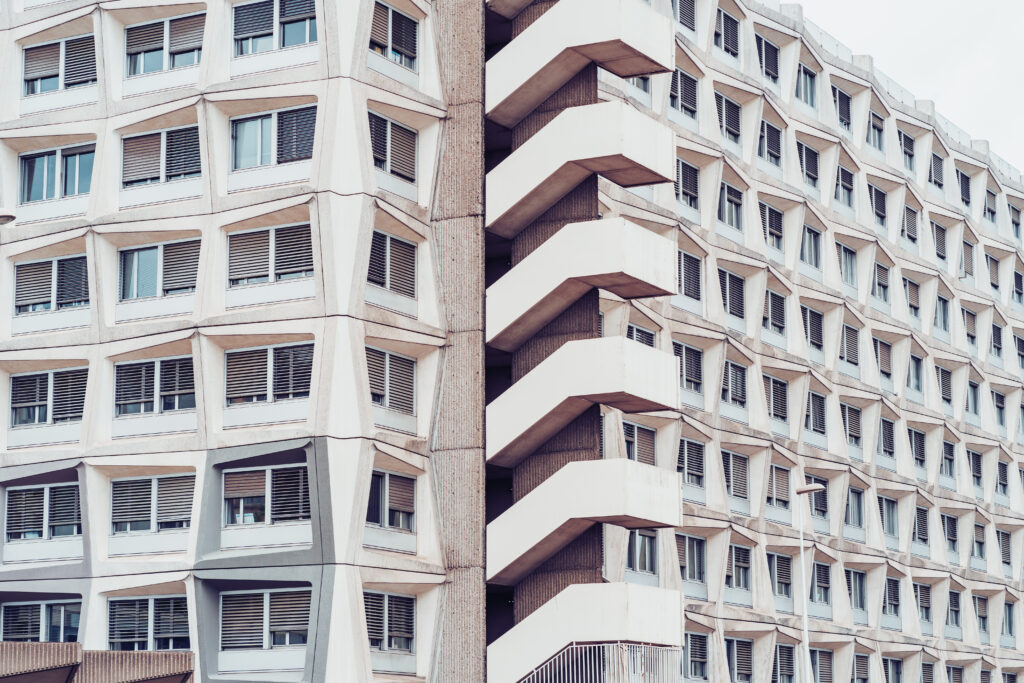#MyHomeHowMuch #HDBValuation #SingaporeHousingMarket #SingaporeProperty #HDBValutiontools #ResaleHDB2025 #SingaporePropertyGuide #CPFGrants
The Hidden Struggles of Living in HDB Blocks Without Full Lift Access: What You Need to Know

Roughly 1% of public housing blocks in Singapore still lack direct lift access to every floor. What are the challenges, and what solutions are available?
What Are HDB Blocks Without Full Lift Access?
These are older public housing blocks where lifts stop only on selected floors (e.g., 2nd, 7th, and 11th), instead of every floor. Residents on other levels must use staircases to reach their flats — a major inconvenience, especially for seniors, persons with mobility issues, or families with young children.
These blocks are located in areas such as:
-
Queen’s Road (Bukit Timah)
-
Serangoon North
-
Hougang
-
Jurong West (Nanyang Division)
Why Can’t These Lifts Be Upgraded?
The Housing and Development Board (HDB) explains that these blocks were built in the 1970s when cost-efficiency and construction speed were top priorities. Lifts were installed to stop only on certain floors to reduce costs.
Main reasons why some blocks cannot be upgraded:
-
Lack of physical space for new lift shafts
-
Safety concerns due to proximity to MRT tunnels
-
Intermediate-level lift landings that cannot be adjusted to align with flat entrances
-
Technical limitations of retrofitting existing structures
Government Solutions & Alternatives
1. Lift Upgrading Programme (LUP)
-
Implemented in over 5,000 HDB blocks
-
Some upgrades would cost over S$200,000 per unit, making them unfeasible
2. Lift Access Housing Grant (LAHG)
For eligible residents who want to move to a flat with full lift access:
-
Up to S$80,000 for families
-
Up to S$40,000 for singles
-
Applicable for buying a new or resale HDB flat with direct lift access
3. Technical Innovations Explored (But Not Adopted)
-
Small home lifts
-
Stair lifts
-
External lift shafts
-
Pneumatic vacuum lifts
-
Long ramps
Most were deemed unsafe, space-consuming, or not feasible for residential use.
Key Issues Faced by Residents
-
Mobility Challenges
Residents with health conditions or aging-related difficulties face daily struggles using stairs. -
Delivery Surcharges
Courier and appliance companies often charge extra fees for units without direct lift access. -
Social Isolation
Some seniors avoid leaving home due to difficulty navigating stairs, increasing risk of loneliness. -
Resale Difficulties
Flats without full lift access may be harder to sell and are often sold at lower prices.
Frequently Asked Questions (FAQs)
What is a block without full lift access?
A building where the lift does not stop on every floor, requiring residents to use stairs.
Can I request a lift upgrade for my block?
Only if the block meets technical and cost feasibility standards under the LUP.
What can I do if my block isn’t eligible?
You may apply for the Lift Access Housing Grant to move to a flat with full lift access.
Will I receive the full grant amount?
Only if the new flat’s lease can cover the youngest buyer until age 95. Otherwise, it will be pro-rated.
Are there future plans for new lift systems?
HDB is continuously exploring options, but current technical challenges limit widespread adoption.
Conclusion
While the majority of older HDB flats have already received lift upgrades, around 140 blocks remain without full lift access due to technical and structural constraints. The government has provided alternatives like grants and pilot technologies, but many solutions are still under evaluation.
For now, affected residents are supported through:
-
Financial assistance
-
Community aid and volunteer programs
-
Town council efforts for mobility support
Until a viable technical breakthrough is found, the combination of financial grants, relocation support, and grassroots services remains the most practical approach.
